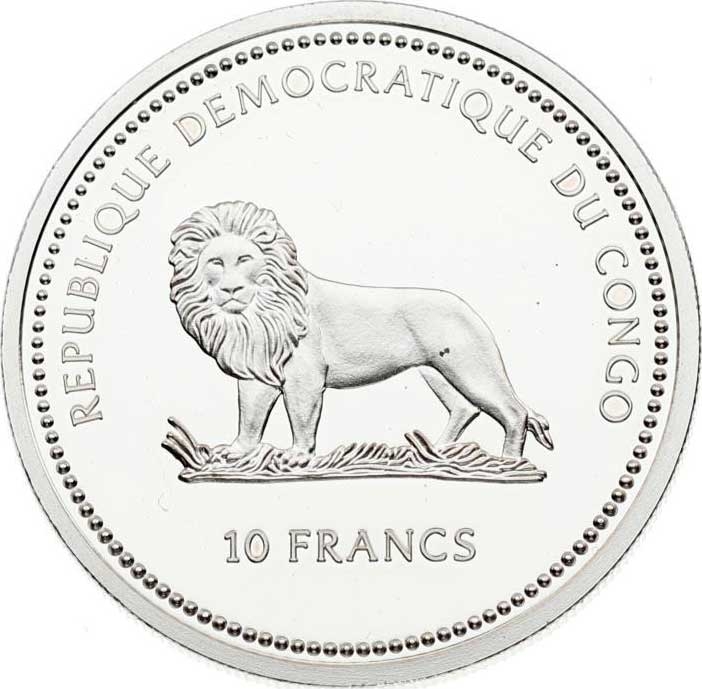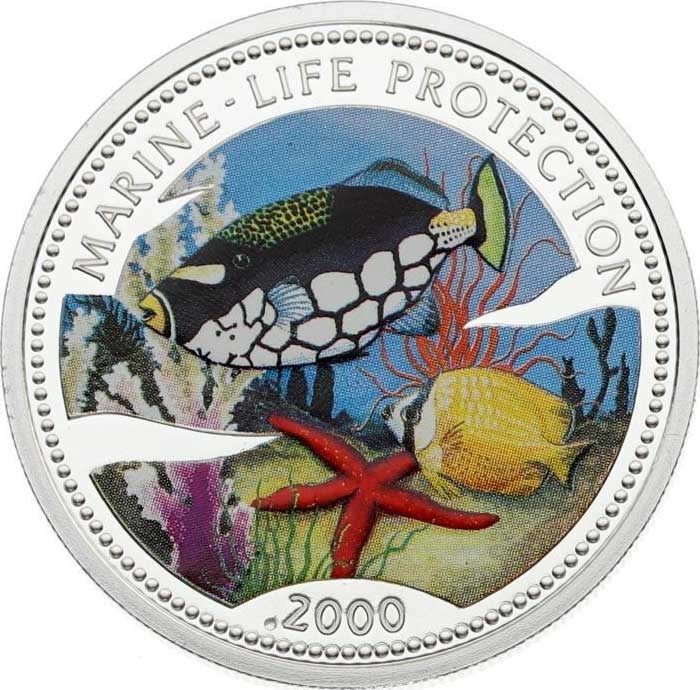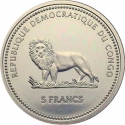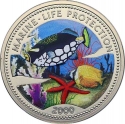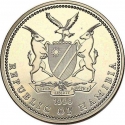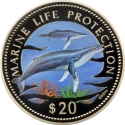You are about to finish your registration. Please check your mailbox (including spam folder). There should be a letter with a confirmation link. Check setting to make sure that your e-mail address is correct.
Send letter againDescription
Marine-life protection refers to the conservation efforts aimed at safeguarding the diverse ecosystems and species found in the oceans. This includes initiatives to preserve marine habitats, such as coral reefs, mangroves, and seagrass beds, which are vital for maintaining biodiversity and supporting fisheries. Key strategies for marine-life protection involve establishing marine protected areas (MPAs), enforcing regulations against overfishing and illegal activities, and promoting sustainable fishing practices. Additionally, efforts to reduce marine pollution, such as plastic waste and chemical runoff, play a crucial role in protecting marine environments. Public awareness campaigns, scientific research, and international cooperation are essential components in fostering stewardship for the oceans, ensuring that marine life can thrive for future generations. As global challenges like climate change and habitat destruction continue to threaten marine ecosystems, the need for effective protection and conservation measures has never been more urgent.
Obverse

|
Depicts an official emblem of the Laurent Kabila regime: a mature male lion standing to the left amid grass, symbolizing strength and authority. Above the lion is the country’s name in French, and the denomination is placed below. REPUBLIQUE DEMOCRATIQUE DU CONGO |
|---|---|
Reverse

|
Depicts a multicolor scene of coral reefs that have a great amount of biodiversity featuring a red starfish, yellow butterfly fish, white-spotted puffer fish, orange staghorn coral and algae. The series title above and the date below. MARINE-LIFE PROTECTION |
| Edge |
